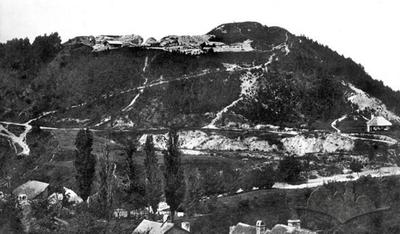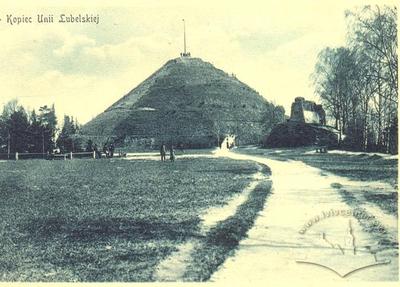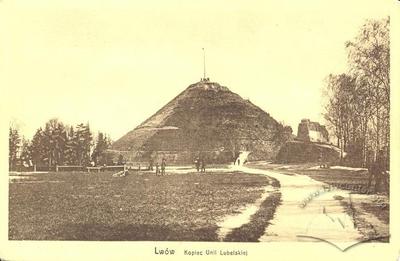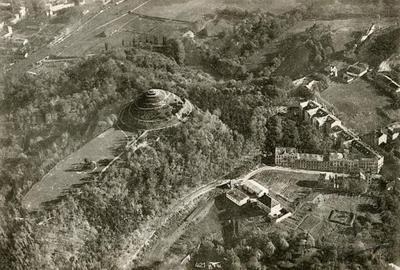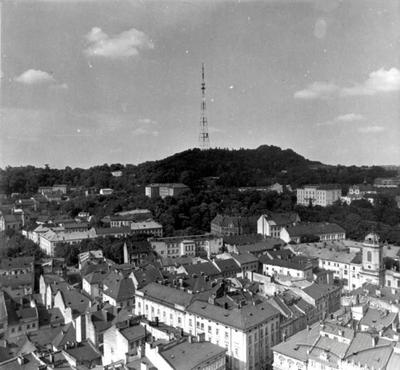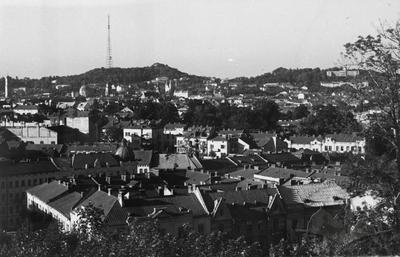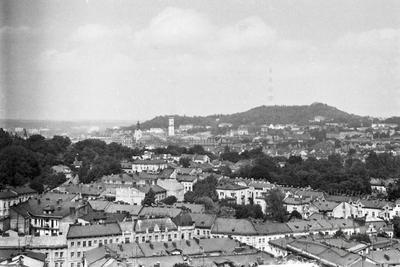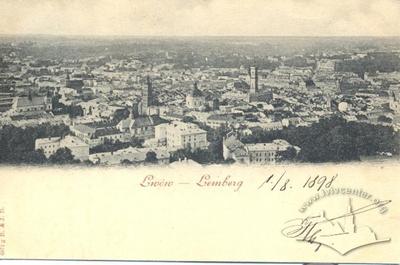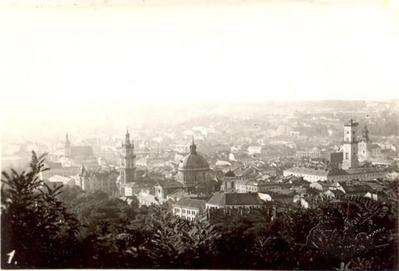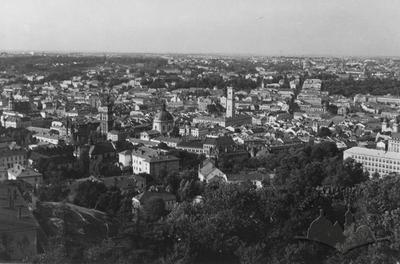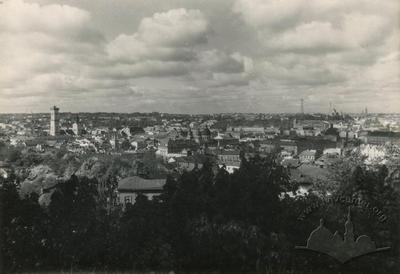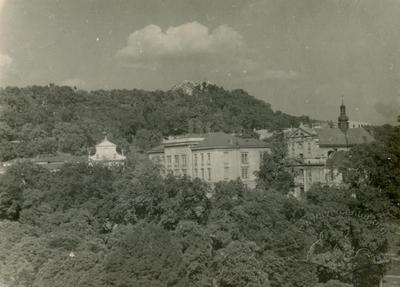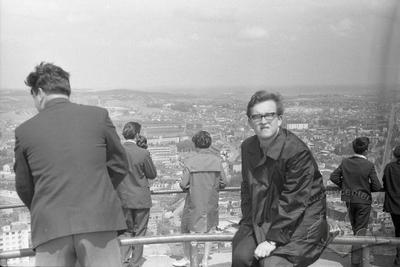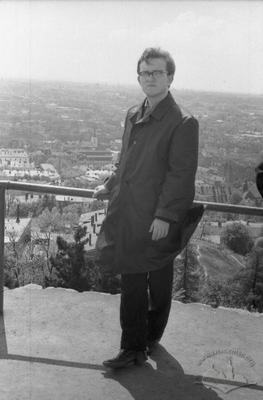
"Vysokyi Zamok" Park territory – the Mound of the Union of Lublin ID: 116
The construction of the Lublin Union Mound (pol. Kopiec Unii Lubelskiej) began in 1869 in honor of the 300th anniversary of the union between Poland, Lithuania, and Ruthenia on the initiative of Franciszek Smolka, a Polish politician and Lviv citizen. Today there is an observation area there, one of the most popular tourist destinations of the city.
Story
The idea of building an earth mound in honor of the 300th anniversary of the Lublin Union was for the first time expressed by Franciszek Smolka, a well-known politician and public figure, in 1869. The City Council decided to build such a mound on the Zamkova Hora (Castle Hill), known as the Vysokyi Zamok (High Castle) or, since 1851, as the Franz Joseph Hill (ger. Franz Josephs Berg). The construction of the mound was finished in the 1900s.The anniversary celebration was an opportunity for a demonstration, which was attended by representatives from different parts of the Austro-Hungarian Empire.
Next to the mound a stone was placed with emblems and the following inscription carved on it: "Free with the free, equal with the equal: Poland, Lithuania, and Ruthenia united by the Lublin Union on 12 August 1569."
Related buildings and spaces
Sources
- Markian Prokopovych, Habsburg Lemberg: Architecture, Public Space, and Politics in the Galician Capital, 1772-1914, (West Lafayette, Indiana: Purdue University Press, 2008), pp. 81, 283-284, 218-222, 229-230
Urban Media Archive Materials
